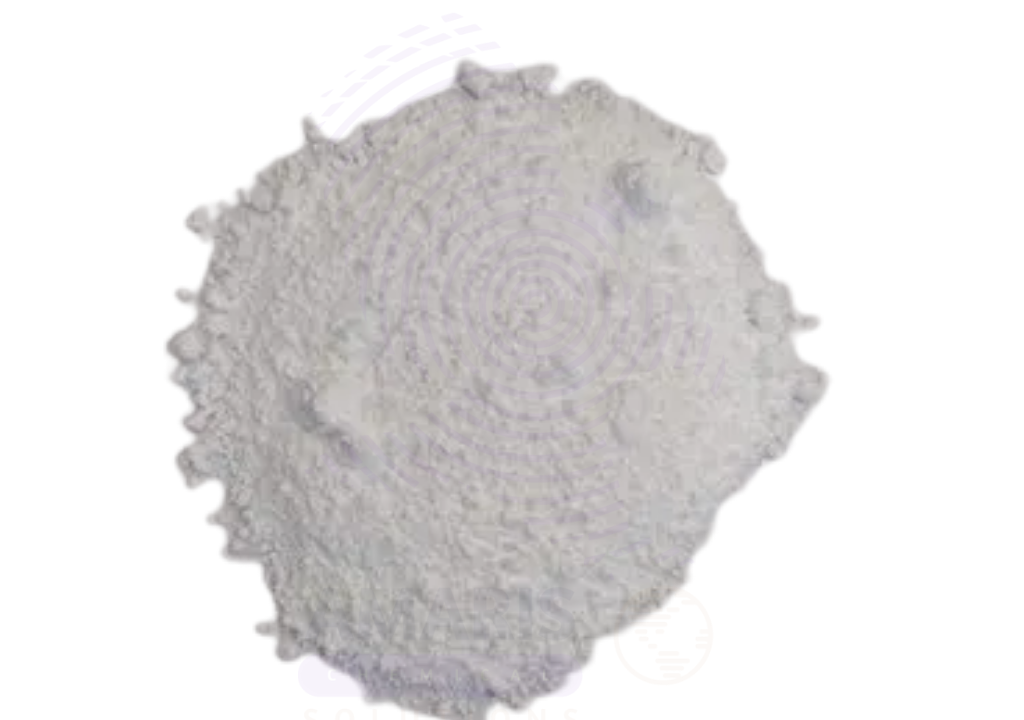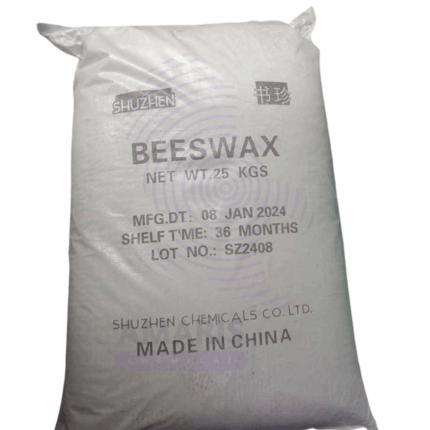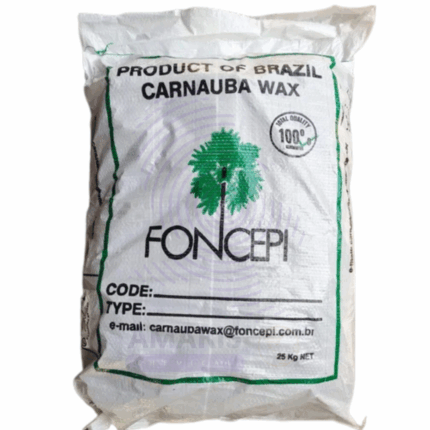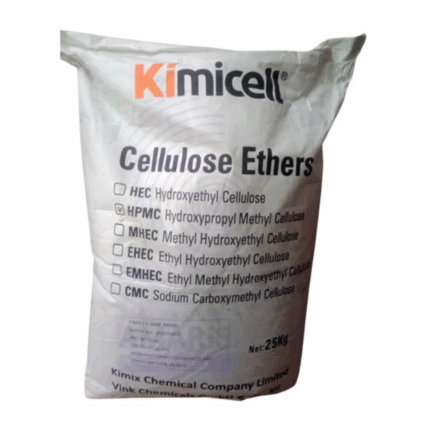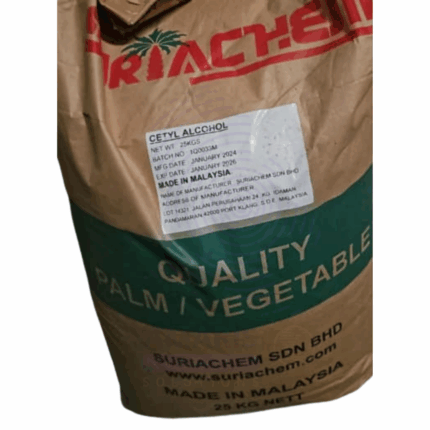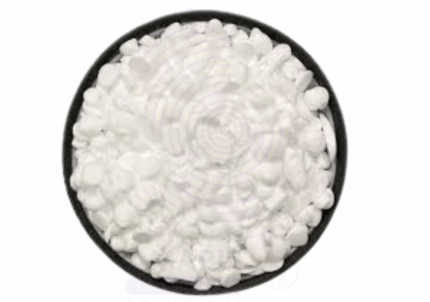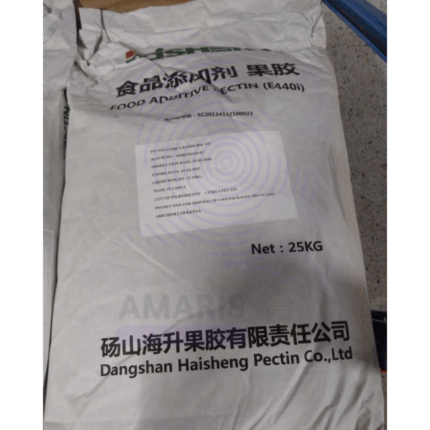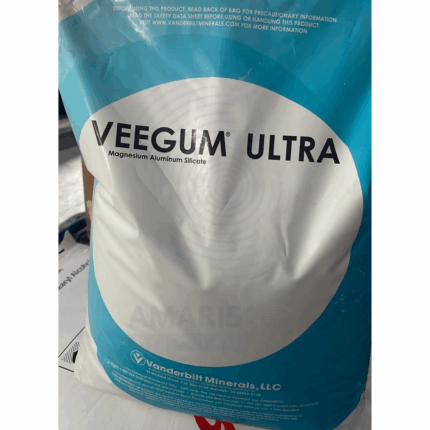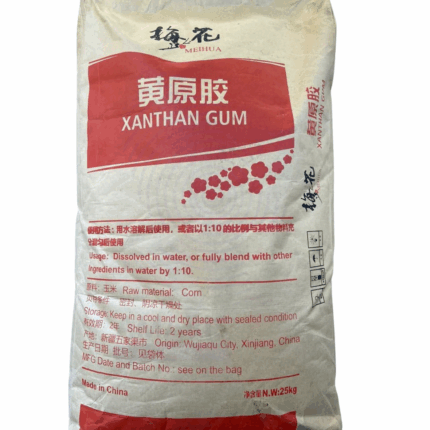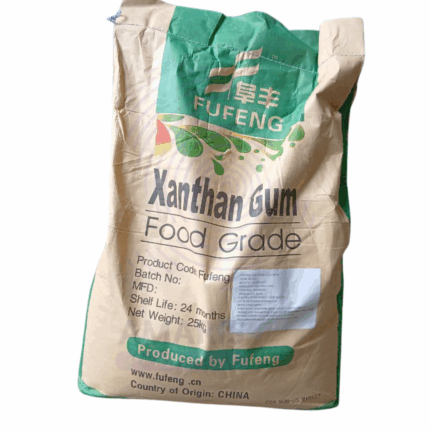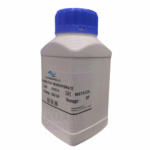
Maltose Extra Pure
$ 23.43 Original price was: $ 23.43.$ 23.32Current price is: $ 23.32.
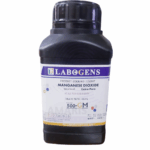
Manganese Dioxide Extra Pure
$ 18.00 Original price was: $ 18.00.$ 17.89Current price is: $ 17.89.
Desgel HG (Carbomer)
Whatsapp Order
Desgel HG is a high-purity Carbomer-based thickening agent, widely used in pharmaceutical, cosmetic, and personal care formulations. It is a cross-linked polyacrylic acid polymer, neutralized to form high-viscosity gels with excellent clarity and stability. Desgel HG is prized for its thickening, suspending, emulsifying, and stabilizing capabilities, especially in aqueous and hydroalcoholic systems. It is highly efficient at low concentrations and compatible with a wide pH range (when neutralized). This makes it ideal for use in gels, creams, lotions, hand sanitizers, topical formulations, and other semi-solid systems.
Category: Thickeners
Tags: Carbomer gel, Cosmetic ingredients, Desgel HG, Pharmaceutical excipients, Thickening agent
Description
Table of Contents
Toggle
Desgel HG (Carbomer)
Primary Uses
- Cosmetics & Personal Care
- Used in gels, creams, lotions, and emulsions as a rheology modifier and texture enhancer.
- Provides smooth, luxurious feel and excellent spreadability in skin care products.
- Enables clear, stable gel formulations (e.g., aloe vera gels, anti-acne gels, eye gels).
- Functions as a suspending agent for actives like salicylic acid, zinc oxide, and clays.
- Maintains stability of emulsions by preventing phase separation in oil-in-water (O/W) systems.
- Used in alcohol-based hand sanitizers to form thick, transparent gels.
- Pharmaceuticals
- Used as a gelling agent in topical drug delivery systems (ointments, creams, gels).
- Functions as a bioadhesive polymer in ophthalmic, nasal, and vaginal formulations.
- Enhances drug release profiles by modifying viscosity and diffusion properties.
- Forms stable, pH-sensitive gels, ideal for controlled release applications.
- Medical & Hygiene Products
- Forms stable gels for ultrasound transmission, surgical lubricants, and wound care gels.
- Used in topical anesthetic and antibacterial gels for ease of application and uniform dispersion.
Secondary Uses
- Industrial Applications
- Used in lubricants, polish emulsions, and aqueous coatings as a thickener.
- Applied in battery gel electrolytes and other specialty gel systems.
- Household Products
- Used in gel-type air fresheners, cleaning pastes, and dishwashing gels.
- Functions as a suspending and stabilizing agent in household cleaners.
- Food & Beverage (only if food-grade variant)
- Note: Not all Carbomers are approved for food use. Food-grade types may serve as stabilizers in chewing gum bases or special applications.
KEY PRODUCT FEATURES
1. Basic Identification Attributes
- Chemical Name (IUPAC): Crosslinked poly(acrylic acid)
- Common/Trade Name: Desgel HG
- CAS Number: 9003-01-4
- HS Code: 3906.90.90
- Molecular Formula: (C₃H₄O₂)ₙ (Polyacrylic acid backbone)
- Synonyms:
- Carbomer
- Acrylic acid polymer
- Polyacrylic acid (cross-linked)
- Carbopol-type polymer
2. Physical & Chemical Properties
- Physical State: White, fluffy powder or granular solid
- Color & Odor: Odorless; white to off-white
- pH (0.5% dispersion): 2.5–3.5 (before neutralization)
- Viscosity (after neutralization): Up to 70,000–100,000 cps (depending on grade and concentration)
- Melting Point: Not applicable
- Solubility: Dispersible in water and some polar solvents; swells to form clear gels when neutralized
- Stability: Stable at room temperature; sensitive to strong acids, electrolytes, and high temperatures
- Thickening Efficiency: Very high (effective at concentrations as low as 0.1–1.0%)
3. Safety & Hazard Attributes
- Hazard Class (GHS): Not classified as hazardous
- NFPA Ratings:
- Health: 1
- Flammability: 1
- Reactivity: 0
- Exposure Limits: Not established
- Toxicity: Non-toxic in topical applications; not absorbed through intact skin
- Reactivity: Incompatible with strong oxidizers and acids (can hydrolyze or clump)
4. Storage & Handling Attributes
- Storage Conditions: Store in a cool, dry area away from moisture and ignition sources
- Container Type: Paper drums with polyethylene liners or sealed HDPE containers
- Shelf Life: 2–3 years if stored properly
- Special Handling:
- Avoid inhaling dust; use dust extraction systems when handling bulk powder
- Use PPE when mixing to avoid eye and respiratory irritation
- Hydrate slowly to prevent clumping or lump formation
5. Regulatory & Compliance Attributes
- FDA Status: Approved for topical and external pharmaceutical/cosmetic use (not for ingestion unless food-grade variant)
- USP/NF Grade: Available in pharma-grade variants
- REACH Status: Registered
- Transportation: Not regulated as a hazardous material
- Waste Disposal: Dispose of according to local environmental regulations; biodegradable in dilute forms
6. Environmental & Health Impact
- Ecotoxicity: Low; non-toxic to aquatic life in typical concentrations
- Persistence: Biodegradable over time
- Bioaccumulation: Not expected
- Carcinogenicity/Mutagenicity: Not classified as carcinogenic or mutagenic
- Biodegradability: Swellable polymer; not persistent in treated wastewater environments
SAFETY HANDLING PRECAUTIONS
Safety Handling Precautions
Personal Protective Equipment PPE Required:
- Dust mask or respirator (for dry handling)
- Safety goggles
- Gloves (nitrile or latex)
- Lab coat or protective apron
Handling Guidelines:
- Add powder slowly to water with continuous mixing
- Use non-metallic, high-shear mixers to ensure proper hydration
- Avoid generating dust clouds
- Wash hands thoroughly after handling
Storage Measures:
- Keep tightly sealed
- Avoid exposure to humidity—absorbs moisture
- Store away from oxidizing agents
Hygiene Practices:
- Avoid ingestion and inhalation
- Use in a clean area to prevent cross-contamination
- Do not eat or drink while handling
First Aid Measures
- Inhalation: Move to fresh air; seek medical attention if irritation persists
- Skin Contact: Wash with soap and water; consult physician if irritation occurs
- Eye Contact: Rinse with plenty of water for at least 15 minutes; seek medical advice
- Ingestion: Rinse mouth with water; not expected to be toxic, but consult medical attention for large amounts
Firefighting Measures
- Fire Hazards: Slightly combustible as dry powder
- Extinguishing Media: Water spray, dry chemical, foam, or CO₂
- Special Precautions: Avoid stirring up powder during firefighting
- Decomposition Products: CO, CO₂, and other mild organic vapors upon combustion
Related products
Beeswax
Beeswax is a natural wax produced by honeybees of the genus Apis. It is secreted by worker bees from specialized glands and used to build honeycomb cells. Beeswax is a complex mixture of esters, fatty acids, and hydrocarbons, characterized by a pale yellow to brown color, a pleasant honey-like aroma, and a firm yet pliable texture. It has excellent emulsifying, binding, and protective properties, making it widely used in cosmetics, pharmaceuticals, food, and industrial applications. Beeswax is prized for its natural origin, biodegradability, and skin-friendly characteristics.
Carnauba Wax
Carnauba Wax is a natural vegetable wax obtained from the leaves of the Copernicia prunifera palm tree, native to northeastern Brazil. It appears as a hard, brittle, yellow to brownish-yellow wax with a faint, characteristic odor. Known as the “queen of waxes,” Carnauba Wax is prized for its exceptionally high melting point, glossy finish, and excellent hardness. It is a premium wax widely used in cosmetics, food, pharmaceuticals, automotive, and industrial applications as a natural, biodegradable alternative to synthetic waxes. Its film-forming, emulsifying, and protective properties make it highly versatile for use in coatings, polishes, and skincare products.
Cellulose Ether
Cellulose ether refers to a group of chemically modified cellulose derivatives where hydroxyl groups on the cellulose backbone are substituted with ether groups such as methyl, hydroxyethyl, or carboxymethyl groups. These modifications improve solubility, viscosity, and film-forming properties while maintaining biodegradability and non-toxicity. Cellulose ethers are white to off-white powders or granules that dissolve in water to form viscous, stable solutions. They are widely used as thickeners, binders, stabilizers, and film formers in industries such as construction, pharmaceuticals, cosmetics, food, and paper.
Cetyl Alcohol
Cetyl Alcohol, also known as 1-Hexadecanol or Palmityl Alcohol, is a fatty alcohol derived primarily from natural sources such as palm oil and coconut oil. It appears as a waxy, white to pale yellow solid with a faint fatty odor. Cetyl Alcohol is widely used in cosmetic, pharmaceutical, and industrial formulations due to its emollient, emulsifying, thickening, and stabilizing properties. It helps improve texture, consistency, and moisturizing effects in personal care products. Cetyl Alcohol is compatible with many ingredients, making it a versatile multifunctional ingredient.
Cetyl Alcohol Flakes
Cetyl Alcohol Flakes is a high-purity fatty alcohol derived mainly from natural sources such as palm oil and coconut oil. Presented as white to off-white waxy flakes, this product contains at least 98% pure cetyl alcohol, ensuring consistent performance and quality. It is valued for its excellent emollient, thickening, and emulsifying properties and is widely used in personal care, pharmaceutical, and industrial formulations. The flake form facilitates easy handling, melting, and dosing in manufacturing processes. Cetyl Alcohol 98% Flakes contributes to the texture, stability, and moisturizing properties of various formulations, providing a non-greasy, smooth finish.
Pectin HM
Pectin HM (High Methoxyl) is a natural polysaccharide extracted primarily from citrus peels and apple pomace. It is widely used as a gelling agent, stabilizer, and thickener in the food industry. Pectin HM requires high sugar content and acidic conditions to form a gel, making it ideal for jams, jellies, and confectionery products. It also finds applications in pharmaceuticals and cosmetics for its film-forming and stabilizing properties.
Veegum
Veegum is a purified magnesium aluminum silicate clay known for its excellent suspending, thickening, and stabilizing properties. It is widely used in pharmaceuticals, cosmetics, and industrial applications as a rheology modifier, suspension stabilizer, and emulsifier. Veegum enhances the texture, consistency, and stability of formulations, providing improved performance in both liquid and semi-solid systems.
Xantham Gum
Xantham Gum is a high-molecular-weight polysaccharide produced by fermentation of glucose or sucrose by the bacterium Xanthomonas campestris. It is widely used as a thickening, stabilizing, and emulsifying agent in various industries due to its excellent viscosity properties, even at low concentrations. Xanthan Gum imparts improved texture, consistency, and shelf life to finished products, making it indispensable in food, pharmaceutical, cosmetic, and industrial formulations.


 Preservatives(food)
Preservatives(food) Flavor Enhancers
Flavor Enhancers Acidulants
Acidulants Sweeteners
Sweeteners Antioxidants
Antioxidants Colorants(food)
Colorants(food) Nutraceutical Ingredients (food)
Nutraceutical Ingredients (food) Nutrient Supplements
Nutrient Supplements Emulsifiers
Emulsifiers
 Collectors
Collectors Dust Suppressants
Dust Suppressants Explosives and Blasting Agents
Explosives and Blasting Agents Flocculants and Coagulants
Flocculants and Coagulants Frothers
Frothers Leaching Agents
Leaching Agents pH Modifiers
pH Modifiers Precious Metal Extraction Agents
Precious Metal Extraction Agents
 Antioxidants(plastic)
Antioxidants(plastic) Colorants (Pigments, Dyes)
Colorants (Pigments, Dyes) Fillers and Reinforcements
Fillers and Reinforcements Flame Retardants
Flame Retardants Monomers
Monomers Plasticizers
Plasticizers Polymerization Initiators
Polymerization Initiators Stabilizers (UV, Heat)
Stabilizers (UV, Heat)
 Antifoaming Agents
Antifoaming Agents Chelating Agents
Chelating Agents Coagulants and Flocculants
Coagulants and Flocculants Corrosion Inhibitors
Corrosion Inhibitors Disinfectants and Biocides
Disinfectants and Biocides Oxidizing Agents
Oxidizing Agents pH Adjusters
pH Adjusters Scale Inhibitors( water)
Scale Inhibitors( water)
 Antioxidants(cosmetic)
Antioxidants(cosmetic) Emollients
Emollients Fragrances and Essential Oils
Fragrances and Essential Oils Humectants
Humectants Preservatives
Preservatives Surfactants(cosmetic)
Surfactants(cosmetic) Thickeners
Thickeners UV Filters
UV Filters
 Fertilizers
Fertilizers Soil Conditioners
Soil Conditioners Plant Growth Regulators
Plant Growth Regulators Animal Feed Additives
Animal Feed Additives Biostimulants
Biostimulants Pesticides (Herbicides, Insecticides, Fungicides)
Pesticides (Herbicides, Insecticides, Fungicides)
 Active Pharmaceutical Ingredients (APIs)
Active Pharmaceutical Ingredients (APIs) Excipients
Excipients Solvents(pharmaceutical)
Solvents(pharmaceutical) Antibiotics
Antibiotics Antiseptics and Disinfectants
Antiseptics and Disinfectants Vaccine Adjuvants
Vaccine Adjuvants Nutraceutical Ingredients (pharmaceutical)
Nutraceutical Ingredients (pharmaceutical) Analgesics & Antipyretics
Analgesics & Antipyretics
 Analytical Reagents
Analytical Reagents Solvents(lab)
Solvents(lab) Chromatography Chemicals
Chromatography Chemicals Spectroscopy Reagents
Spectroscopy Reagents microbiology-and-cell-culture-reagents
microbiology-and-cell-culture-reagents Molecular Biology Reagents
Molecular Biology Reagents Biochemical Reagents
Biochemical Reagents Inorganic and Organic Standards
Inorganic and Organic Standards Laboratory Safety Chemicals
Laboratory Safety Chemicals Specialty Laboratory Chemicals(Special Laboratory Equipment)
Specialty Laboratory Chemicals(Special Laboratory Equipment)
 Demulsifiers
Demulsifiers Hydraulic Fracturing Fluids
Hydraulic Fracturing Fluids Scale Inhibitors(oil)
Scale Inhibitors(oil) Surfactants(oil)
Surfactants(oil) Drilling Fluids
Drilling Fluids
 Dyes and Pigments
Dyes and Pigments Bleaching Agents
Bleaching Agents Softening Agents
Softening Agents Finishing Agents
Finishing Agents Antistatic Agents
Antistatic Agents
 Admixtures
Admixtures Waterproofing Agents
Waterproofing Agents Sealants and Adhesives
Sealants and Adhesives Curing Compounds
Curing Compounds Concrete Repair Chemicals
Concrete Repair Chemicals Anti-Corrosion Coatings
Anti-Corrosion Coatings
 Surfactants(cleaning)
Surfactants(cleaning) Builders
Builders Enzymes
Enzymes Solvents (Cleaning)
Solvents (Cleaning) Fragrances
Fragrances
 Electronic Chemicals
Electronic Chemicals Catalysts
Catalysts Lubricants
Lubricants Photographic Chemicals
Photographic Chemicals Refrigerants
Refrigerants Automotive chemicals
Automotive chemicals Pyrotechnic Chemicals
Pyrotechnic Chemicals
 Biodegradable Surfactants
Biodegradable Surfactants Bio-based Solvents
Bio-based Solvents Renewable Polymers
Renewable Polymers Carbon Capture Chemicals
Carbon Capture Chemicals Wastewater Treatment Chemicals
Wastewater Treatment Chemicals
 Pigments
Pigments Solvents(paint)
Solvents(paint) Specialty Coatings
Specialty Coatings Binders/Resins
Binders/Resins Additives
Additives Driers
Driers Anti-Corrosion Agents
Anti-Corrosion Agents Functional Coatings
Functional Coatings Application-Specific Coatings
Application-Specific Coatings
 Fresh Herbs
Fresh Herbs Ground Spices
Ground Spices Whole Spices
Whole Spices Spice Blends
Spice Blends Dried Herbs
Dried Herbs
 Leavening Agents
Leavening Agents Dough Conditioners
Dough Conditioners Flour Treatments
Flour Treatments Fat Replacers
Fat Replacers Decoratives
Decoratives Preservatives(baking)
Preservatives(baking)
 Plasticizers & Softeners
Plasticizers & Softeners Reinforcing Agents
Reinforcing Agents Adhesion Promoters
Adhesion Promoters Vulcanizing Agents
Vulcanizing Agents Antidegradants
Antidegradants Blowing Agents
Blowing Agents Fillers & Extenders
Fillers & Extenders Accelerators & Retarders
Accelerators & Retarders